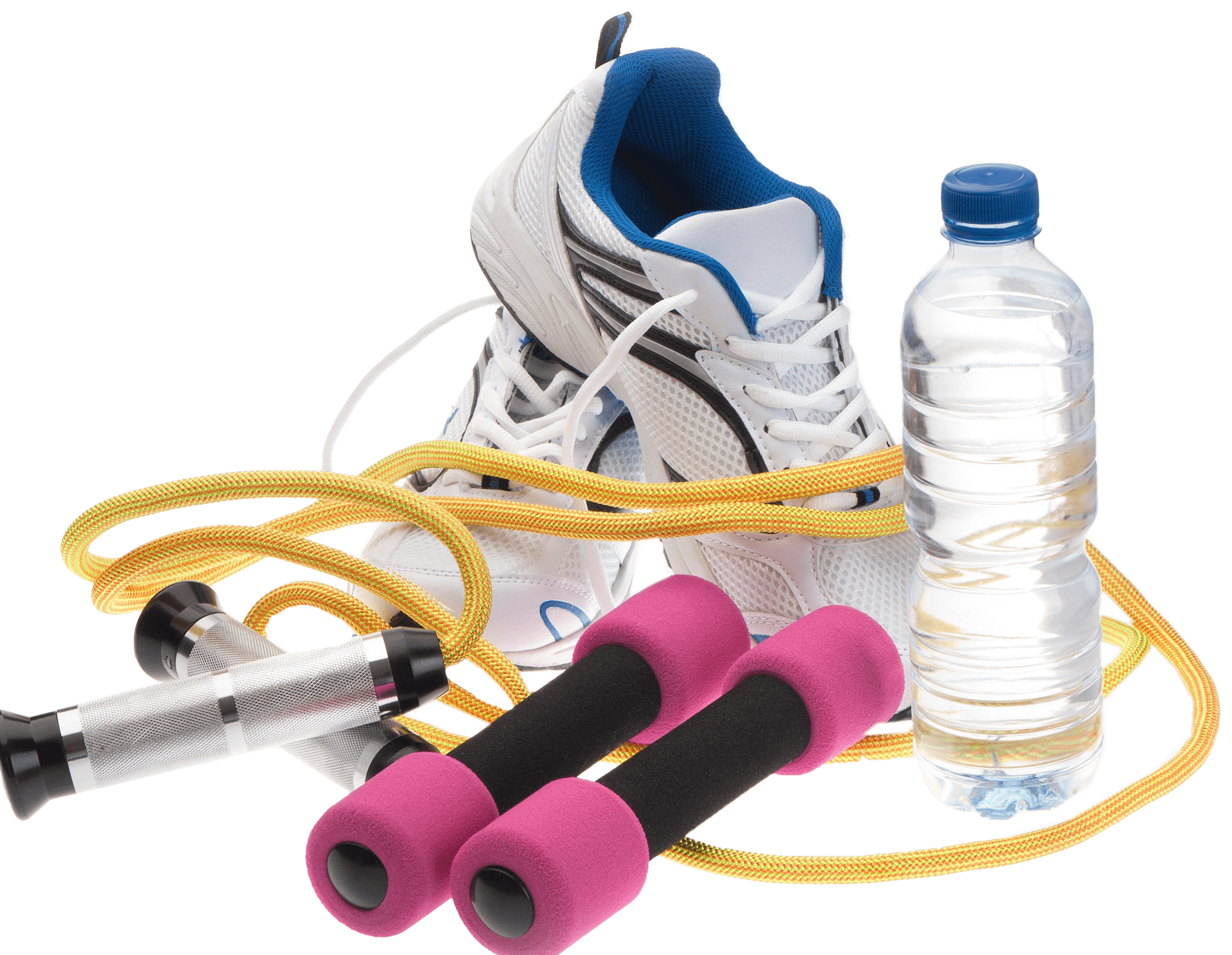
Really need to start exercising but hate it? Just move
Health professionals say any regular activity is useful. If it’s been a while, ramp up ‘like a crockpot: low and slow’
If you cringe at the idea of lacing up running shoes, wrapping yourself in spandex, and doing laps, reps, and sets, just move.
If you think boot camp is for soldiers and “plyometrics” doesn’t ring any bells, just move.
If you need to improve your numbers — not fun ones like scoops of ice cream atop a (waffle, please) cone, but serious ones, like diastolic and systolic, LDL and HDL — just move.
That is the advice offered by I-Min Lee, professor of medicine at Harvard Medical School and at Brigham and Women’s Hospital’s Division of Preventive Medicine and in epidemiology at the Harvard T.H. Chan School of Public Health. Lee said what’s important for health isn’t necessarily physical “exercise,” it’s physical activity: moving the muscles and expending energy however you can. If the question is how much is enough to improve your health, the answer — particularly if you do little now — is simple: more.
“Exercise is great for those who can and want to do it, but ‘exercise’ is not necessary for health benefits. Any physical activity is healthful, and physical activity is what we do in daily life,” Lee said. “We don’t need to ‘exercise’ to reap health benefits.”
That should come as good news for about three-quarters of us. Though we’re bombarded with messages about the healthful benefits of exercise, most American adults don’t exercise, or at least not enough to meet U.S. Department of Health and Human Services guidelines.
“Exercise is great for those who can and want to do it, but ‘exercise’ is not necessary for health benefits.”
I-Min Lee, professor of epidemiology
According to the National Center for Health Statistics, just 24.2 percent of adults 18 and older meet recommendations for aerobic activity and muscle strengthening. Those suggest 2½ to 5 hours of moderate-intensity aerobic activity like brisk walking, as well as muscle-strengthening activities at least twice a week.
Lee said what activities you do and how much depend on the reason you’re getting active. Some want to get fitter so the walk around the block can evolve into a hike up a mountain. Others want to lose weight, and still others are concerned about ills that become more frequent as we age, like diabetes, heart disease, and high blood pressure.
“‘Couch to 5k’ might be fine for someone wanting to do a 5k. For health, I would approach it very differently: The goal is simply to get started,” Lee said.
Christina Ruggeri, an advanced clinician at Spaulding Outpatient Center in Salem, part of Mass General Brigham, said that if you’ve been sedentary for a long time, approach increasing activity levels as you would cooking in a crockpot: “low and slow.”
Ruggeri said government guidelines equate to 30 minutes, five times a week, but folks who have been sedentary for a good bit — and COVID eased many of us into this category — should remember that’s a daily total. It’s fine if you aim for a 10-minute walk daily coupled with two other 10-minute exercise periods, she said.
“It’s just something to get the heart rate up,” Ruggeri said. “To break it down even more, it doesn’t have to be 30 consecutive minutes.”
The long-time sedentary, Ruggeri said, can even start exercising lying down — leg lifts, bridges, and work with resistance bands — to build strength before beginning weight-bearing movements such as standing marches and squats. Even a walk around the grocery store can be used to work on balance by, for example, standing on one foot while holding the cart handle. Aqua therapy can also be useful, Ruggeri said, because the water helps support your weight. And once you start, she said, listen to your body and take a day off if you feel tired.
“It all depends on where they came from physically. What are you able to tolerate, what pre-existing conditions you have?” Ruggeri said. “If you go from zero to 1,000, it’s likely too much too soon.”
Ruggeri suggests trying different things until you find something you enjoy. Some facilities have workout rooms, pools, and exercise bikes, while just going for a walk around the neighborhood or local mall can get you started.
“Walking is good for everyone,” Ruggeri said. “If you enjoy it, you’re going to keep doing it.”





